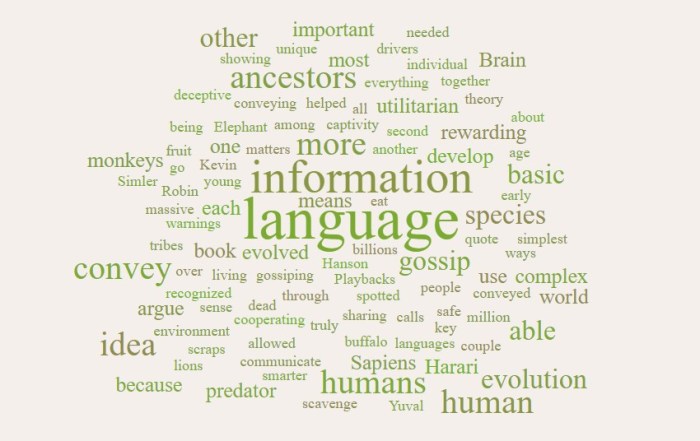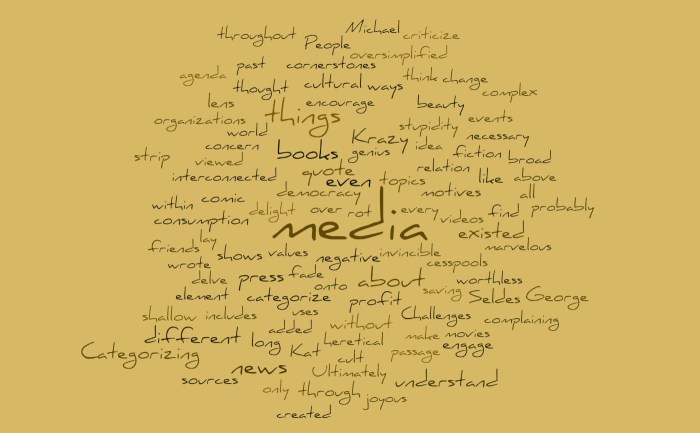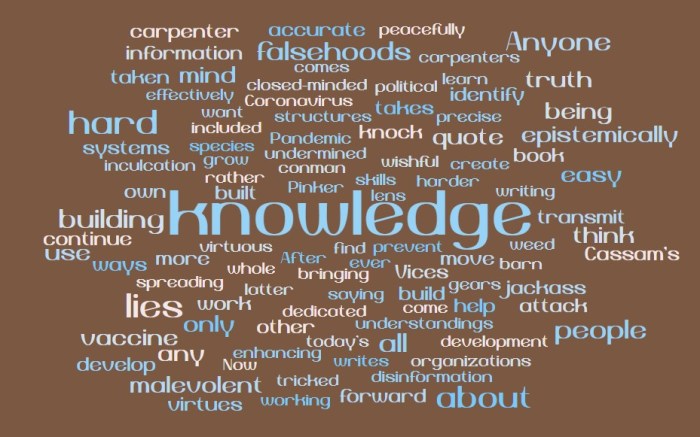During the Trump Presidency I frequently heard people saying that we now live in a “post truth” society. People simply believe what they want to believe, the former President included, and reality or veracity of information no longer matter. All sources of knowledge were valid, as long as the source provided the information we wanted to believe.
But do we really live in a post truth society? I am not so sure that truth no longer matter. I am also not sure that what we are seeing with people choosing to believe things that cannot possibly be true is actually new. What seems to have happened during the Trump Presidency is that numerous people became dramatically attached to Trump, the identity he represented, and the cultural values he reflected. They agreed that they would not validate or recognize any information that ran against what Trump said or that was politically damaging for him. People chose to exercise political power over the veracity of information. That is disconcerting, but it isn’t really anything new in humanity. We hadn’t seen it in the United States at such a high level (at least not in my 30 year life-time) but humanity has seen such behavior in the past.
In his book The Better Angels of Our Nature, Steven Pinker writes, “faith, revelation, tradition, dogma, authority, and the ecstatic glow of subjective certainty – all are recipes for error, and should be dismissed as sources of knowledge.” The post truth moment we lived through included knowledge grounded in many of the fields that Pinker suggests we discard and also mirrors past human experiences of deriving knowledge from such fields. Trump was not the only authoritarian to claim that something was right (and to believe it himself) simply because it came from him or was something he said. Trump was elected on the dogma that a good business person was needed to run the government like a good business and the ecstatic glow of subjective certainty played a role in many people feeling that Trump’s electoral victory (or demise) was inevitable.
And all of these things have been seen in the past. Pinker writes, “the history of human folly, and our own susceptibility to illusions and fallacies, tell us that men and women are fallible.” We were afraid of the post truth moment that Trump fueled, but it was nothing new and on the other end we seem to be doing a better job of tying our knowledge and beliefs to empirical facts and data. Despite the upheaval of Trump’s four years in office, for almost all of us, our success in society is dependent on accurate interpretations of reality, not on illusions and beliefs born out of faith, tradition, or pure desires of how we want reality to be. In some large and concerning ways truth may take a back seat to our own desires, but for almost all of us, our daily lives still depend on accurate information.









